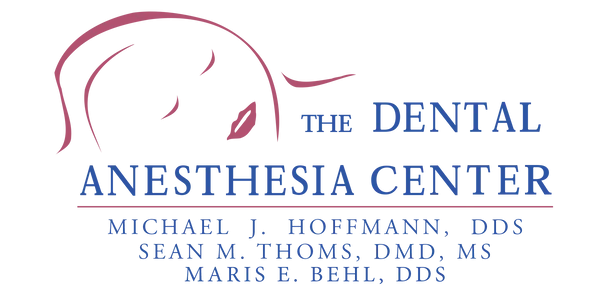Patients with special needs can have a thorough exam that includes taking x-rays and receiving a dental cleaning with general anesthesia.
Dentists use X-rays to identify signs of tooth decay and other dental issues that might not be visible to the naked eye. In this article, we take a close look at this dental care procedure so that you can know what to expect during a dental X-ray.
What Are the Types of Dental X-rays?
There are two main types of dental X-ray:
- Intraoral X-rays – Intraoral radiology is a general dental examination used to monitor the overall health of your mouth. Your dentist may recommend Intraoral X-ray if there’s clinical evidence you had prior oral complications such as tooth decay or cavities. The common types include Bitewing X-rays, Periapical X-rays, and Occlusal X-rays.
- Extraoral X-rays – Extraoral imaging is usually used to identify problems with the jaw bone and the temporomandibular joint (TMJ). Also, this type of X-ray is used to identify significant issues such as tumors in the mouth and jaw development after extensive treatment. The most common type of extraoral X-ray is panoramic imaging. Others include Tomograms, Sialogram, and Cone-beam CT.
When Do You Need a Dental X-Ray?
The American Dental Association says that adults without extensive dental complications don’t need regular X-rays. However, the frequency should depend on whether your dentist wants to monitor a specific problem or you have a history of oral diseases such as cavities, periodontitis, or tooth decay. It is, therefore, essential to have an individualized X-ray based on your dental situation.
Who Needs Dental X-Ray?
Dental X-ray is a useful diagnostic tool for both adults and children. However, regular X-rays may be needed in people with a high risk of dental complications. This includes:
- Children: Children require regular X-rays to monitor teeth and jaw development. This is because children are more vulnerable to tooth decaying than adults. Also, children’s teeth are still developing, and a dental x-ray can help monitor this development.
- Adult with extensive dental treatment: If you have a history of dental treatments such as implants, you may require an X-ray every once in a while. This ensures that the recovery process is closely monitored and any modifications are done on time.
Should Pregnant Women Worry About X-Rays?
The ADA states that dental X-rays are safe during all trimesters of pregnancy. However, it’s important to inform your dentist of any oral health changes you might be experiencing during your pregnancy. This will enable your dentist to give you medication safe to use during pregnancy.
Also, although dental X-ray radiation is low, your dentists will be able to take further precautions, such as using a thyroid collar and covering your abdomen with a leaded apron to minimize exposure to X-ray radiation.
Are Dental X-Rays Safe?
While dental x-ray involves radiation, the levels are usually very low and non-lethal. Also, advanced research and development of tools such as digital scanners and radiography technologies allow dentists to use options that limit radiation exposure.
Contact the Dental Anesthesia Center
At the Dental Anesthesia Center, we offer high-quality dental care to every patient. Contact us today to schedule your appointment. Individuals with special physical or mental needs can receive complete dental care in a comfortable setting. Patients with special needs can have a thorough exam that includes taking x-rays and receiving a dental cleaning with general anesthesia. The Dental Anesthesia team is compassionate and here to help patients accomplish dental care they may have never had before.
Call Us Today
The only board-certified dental anesthesiologist in Missouri, including St. Louis.
